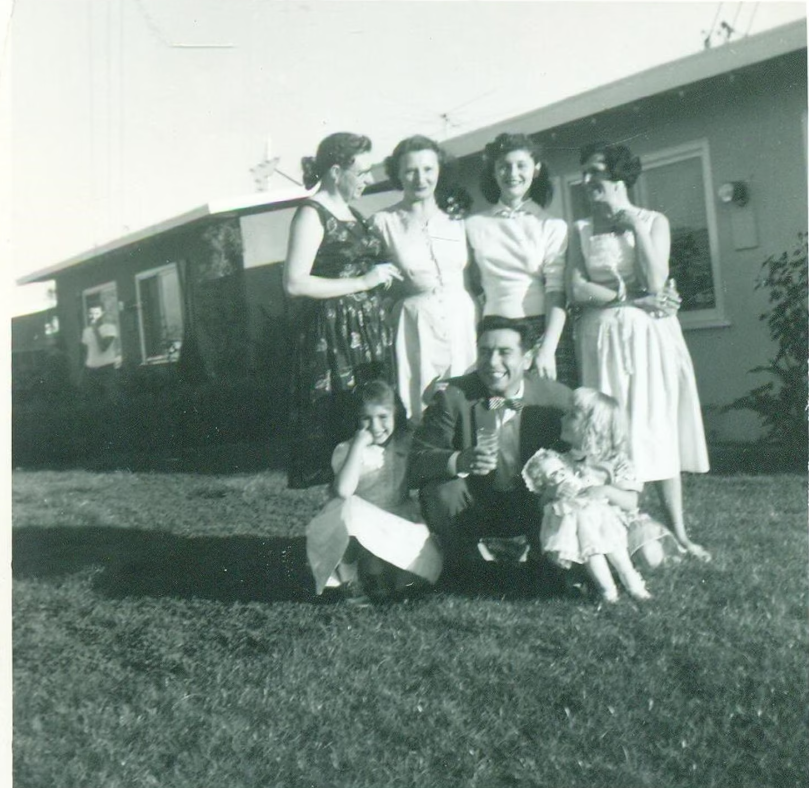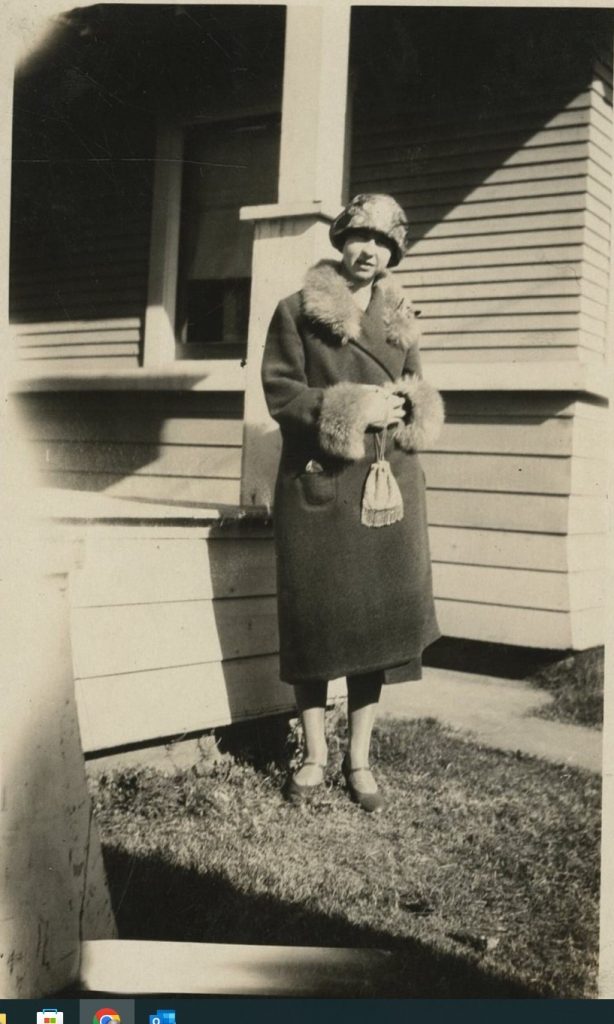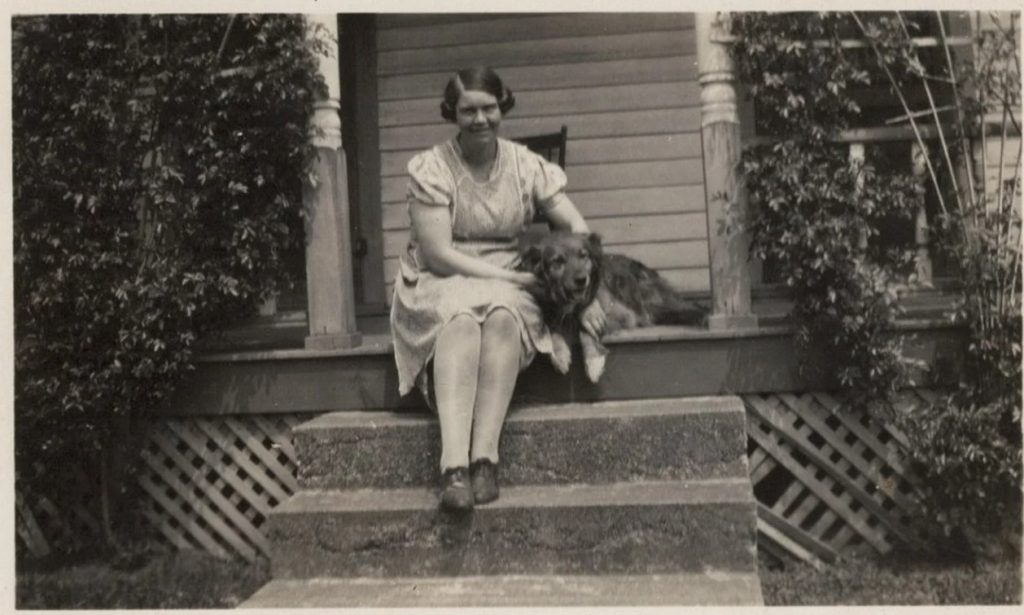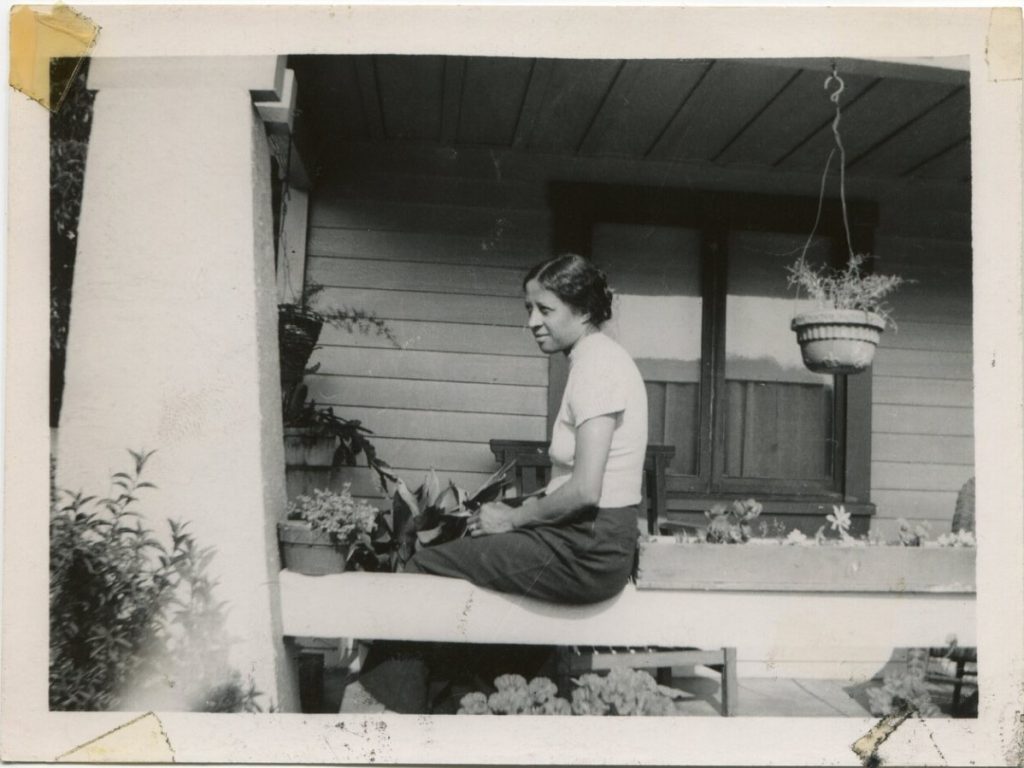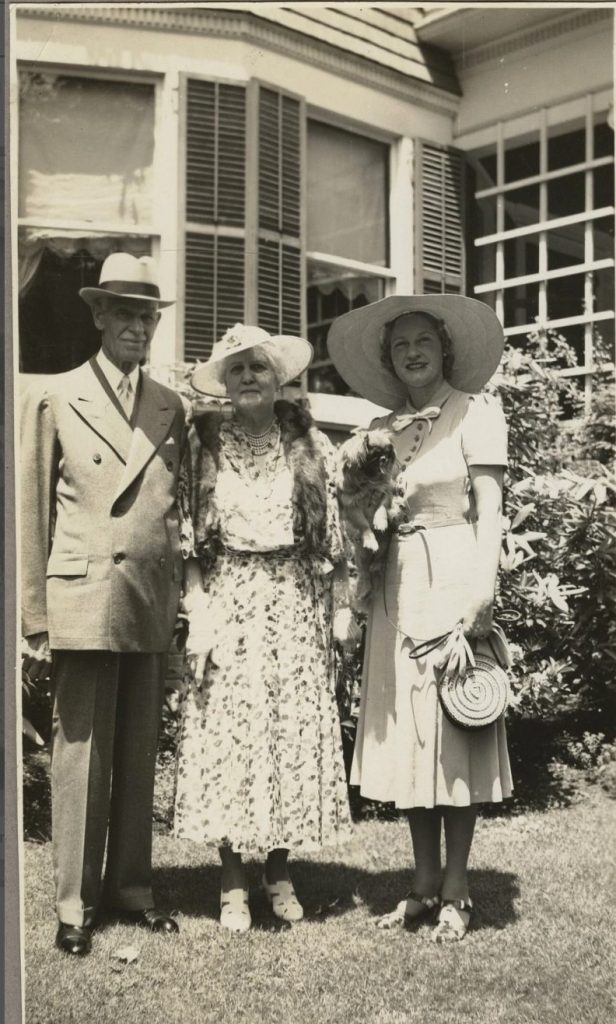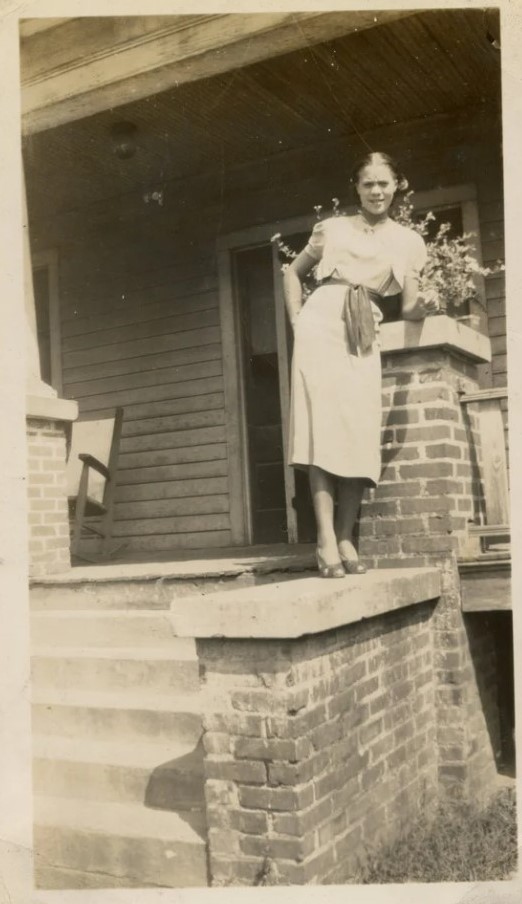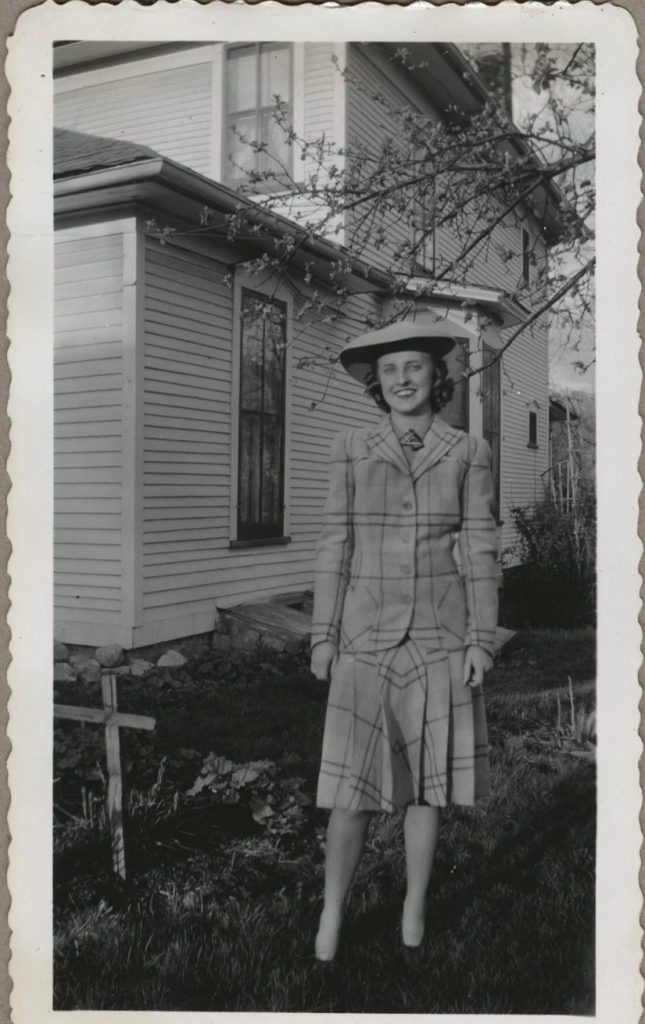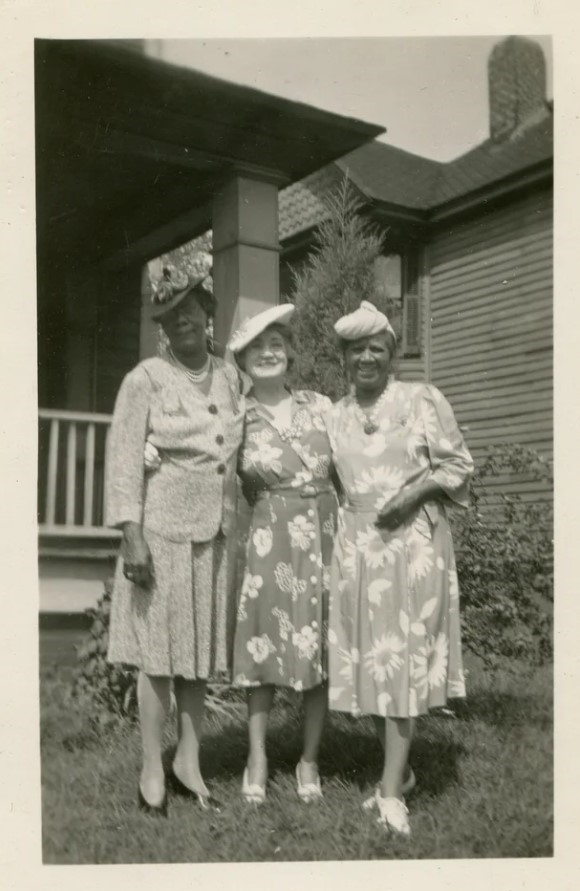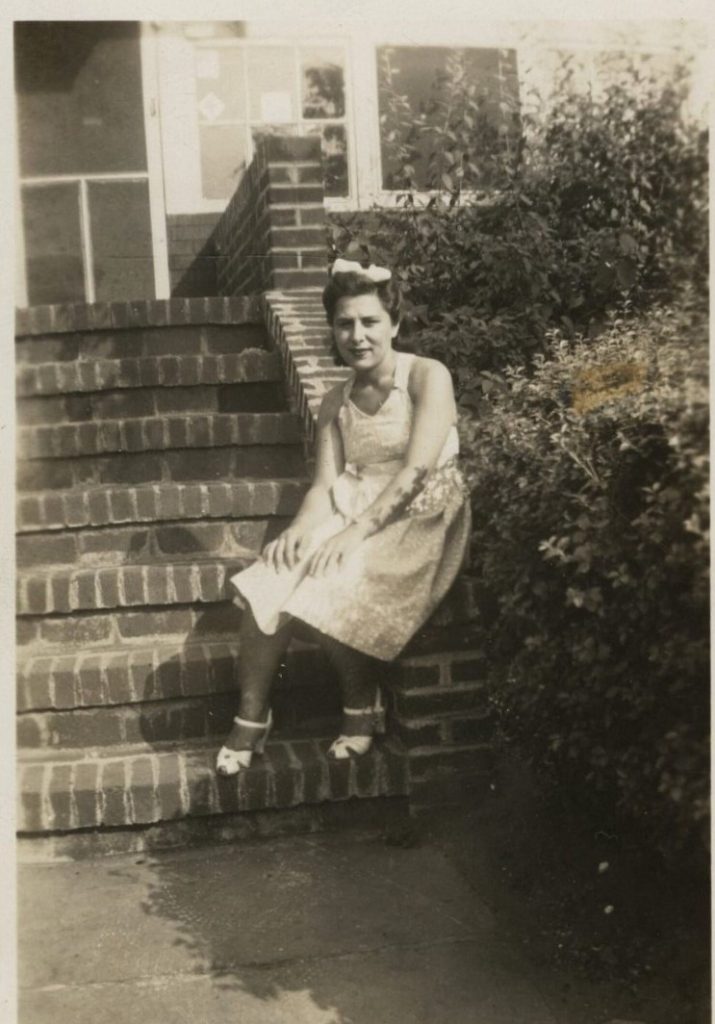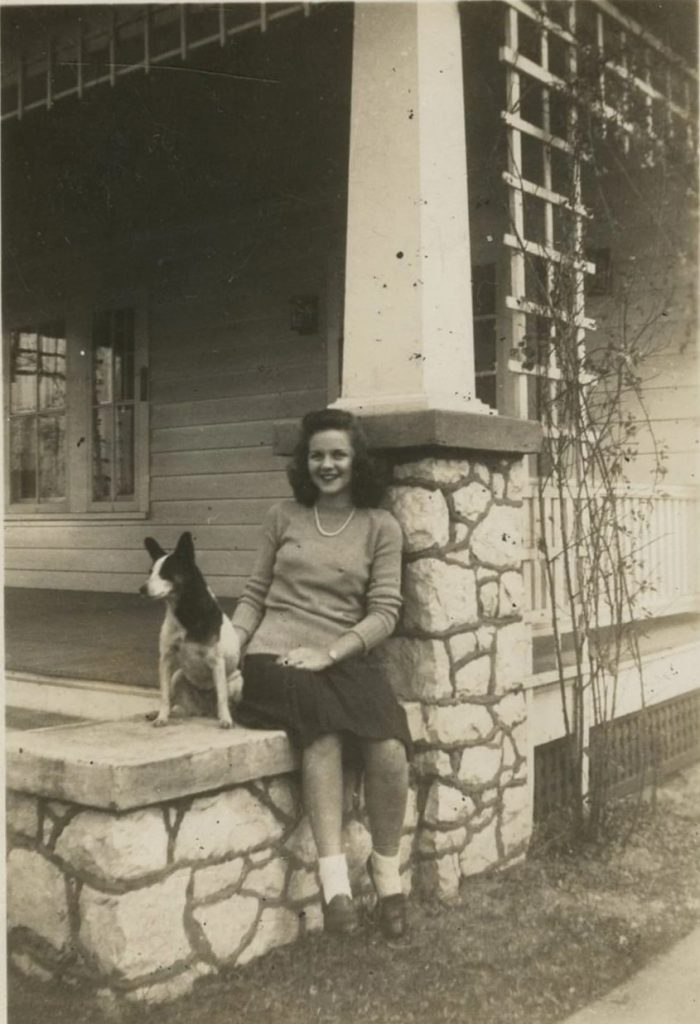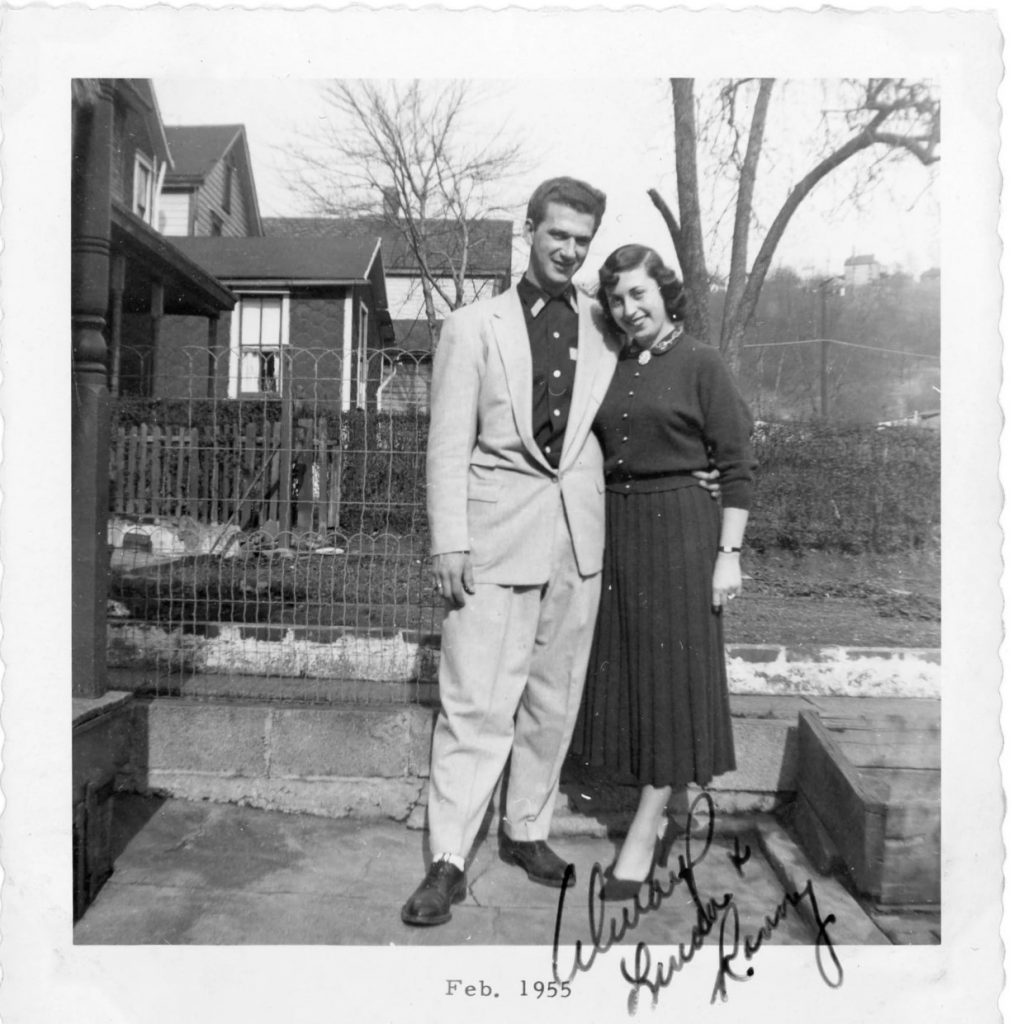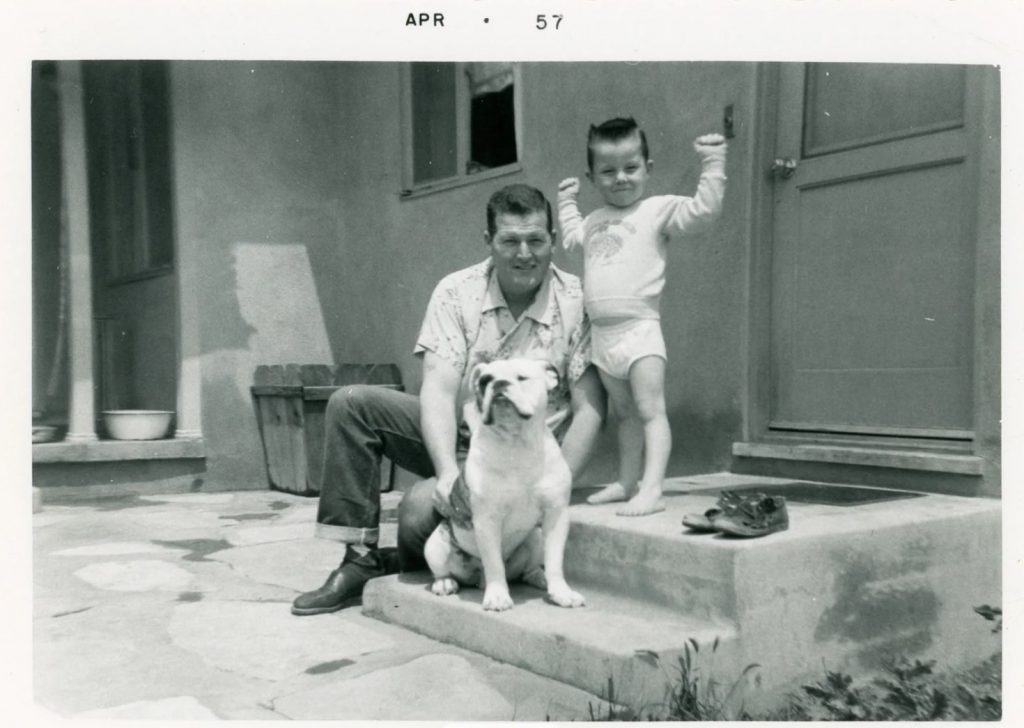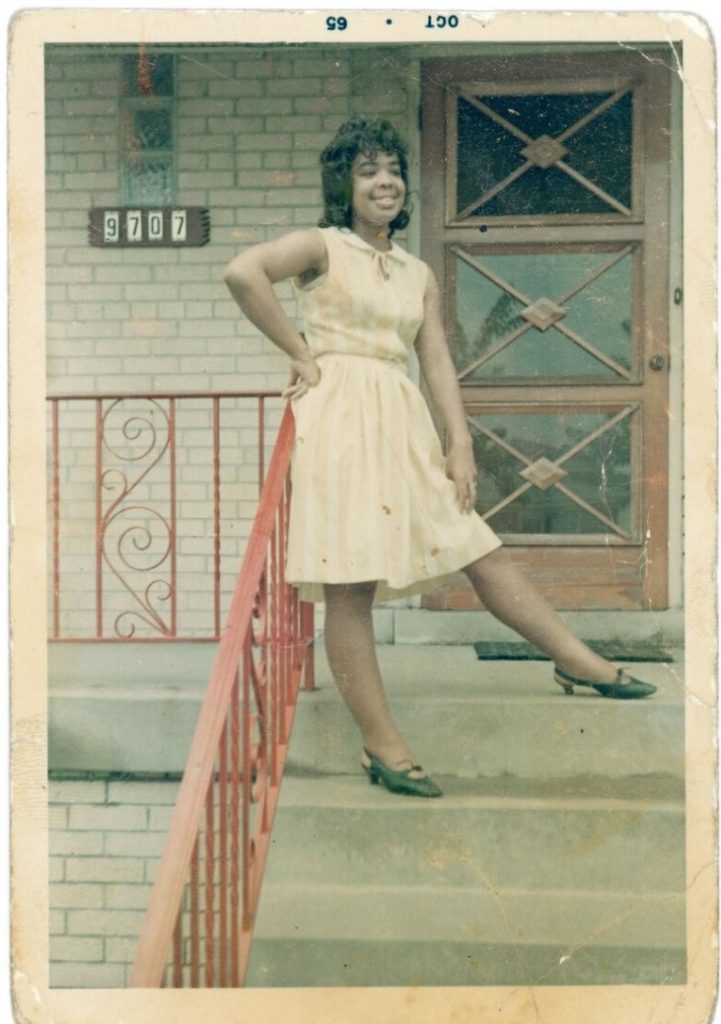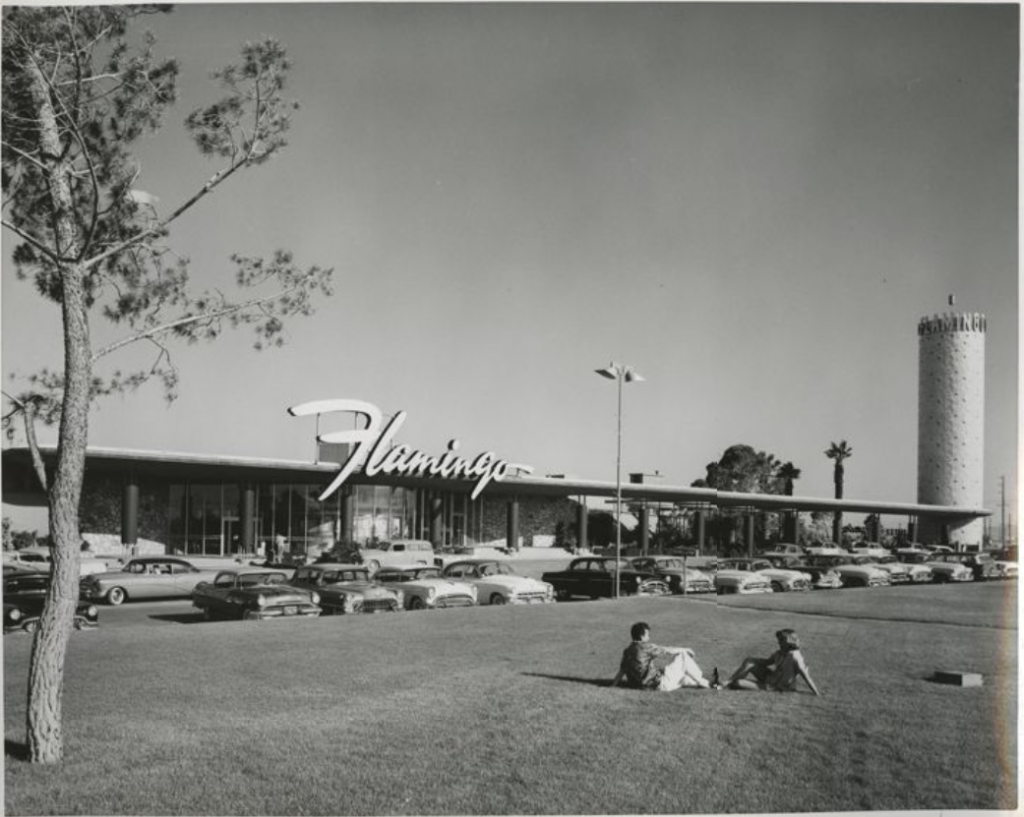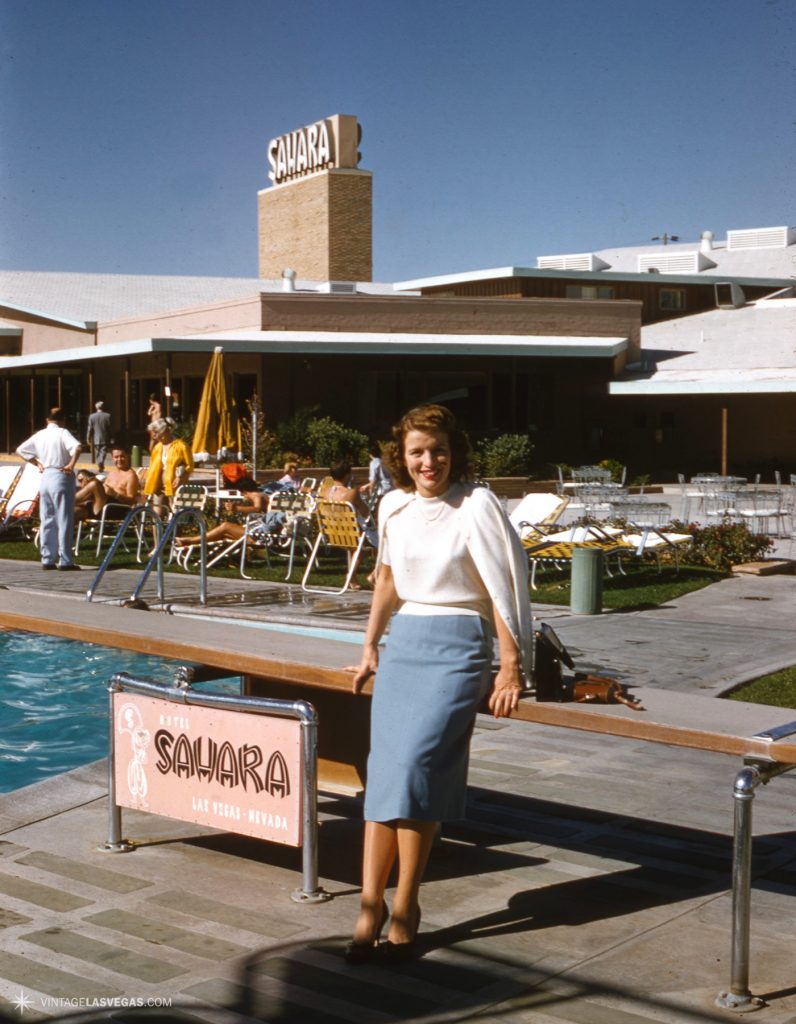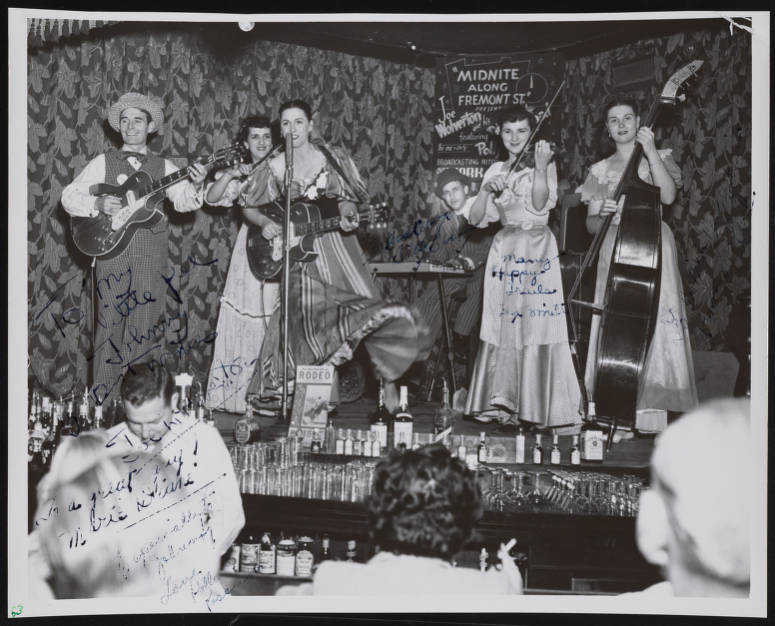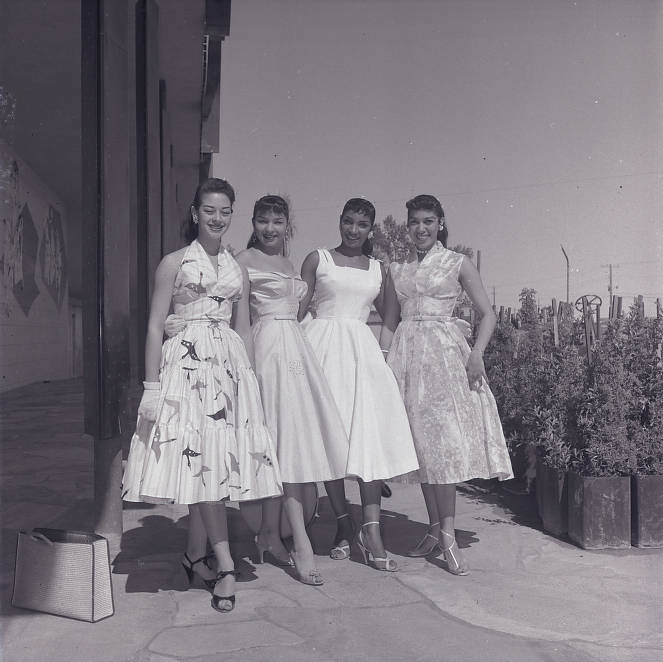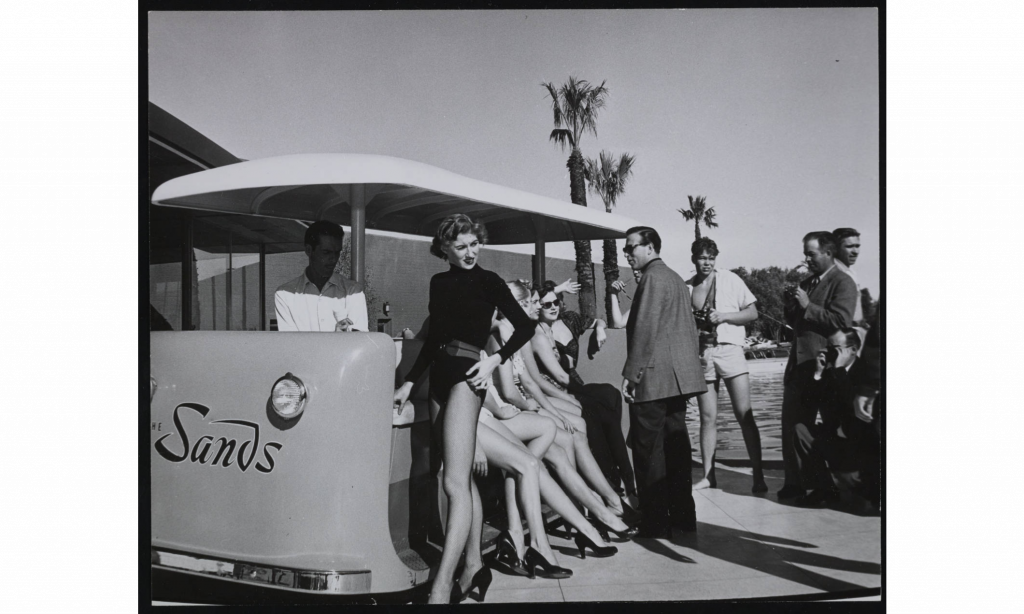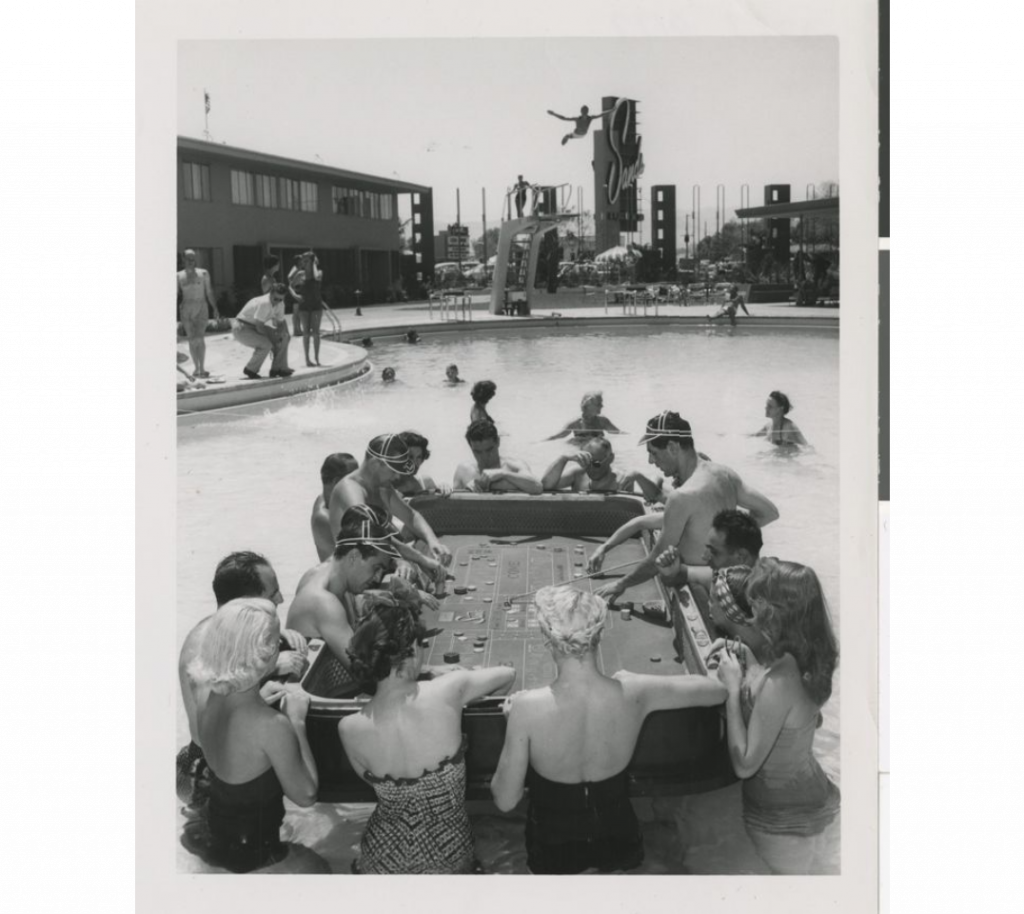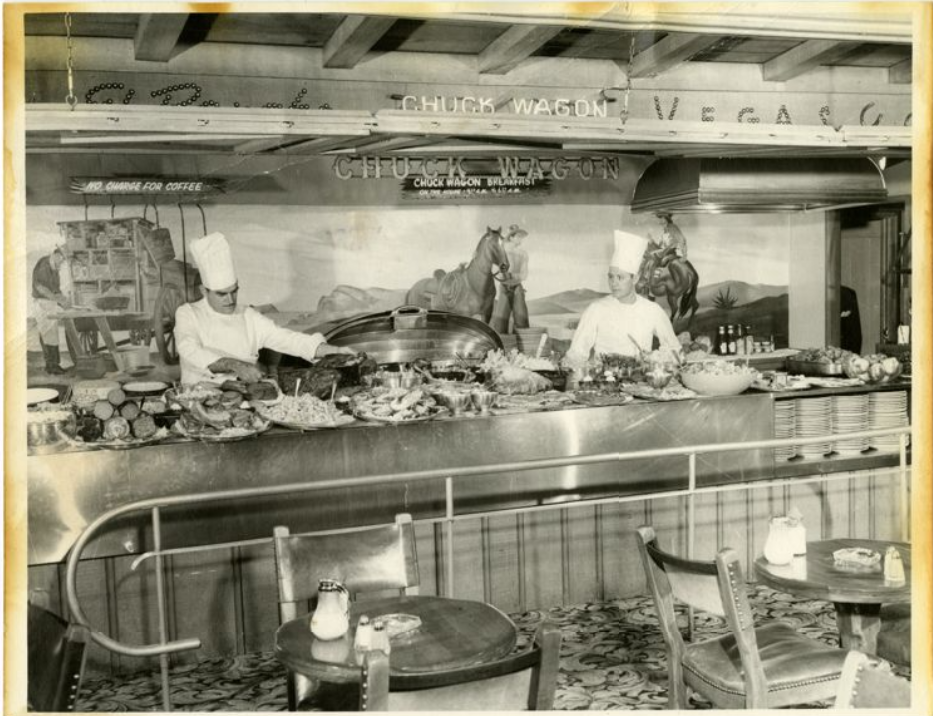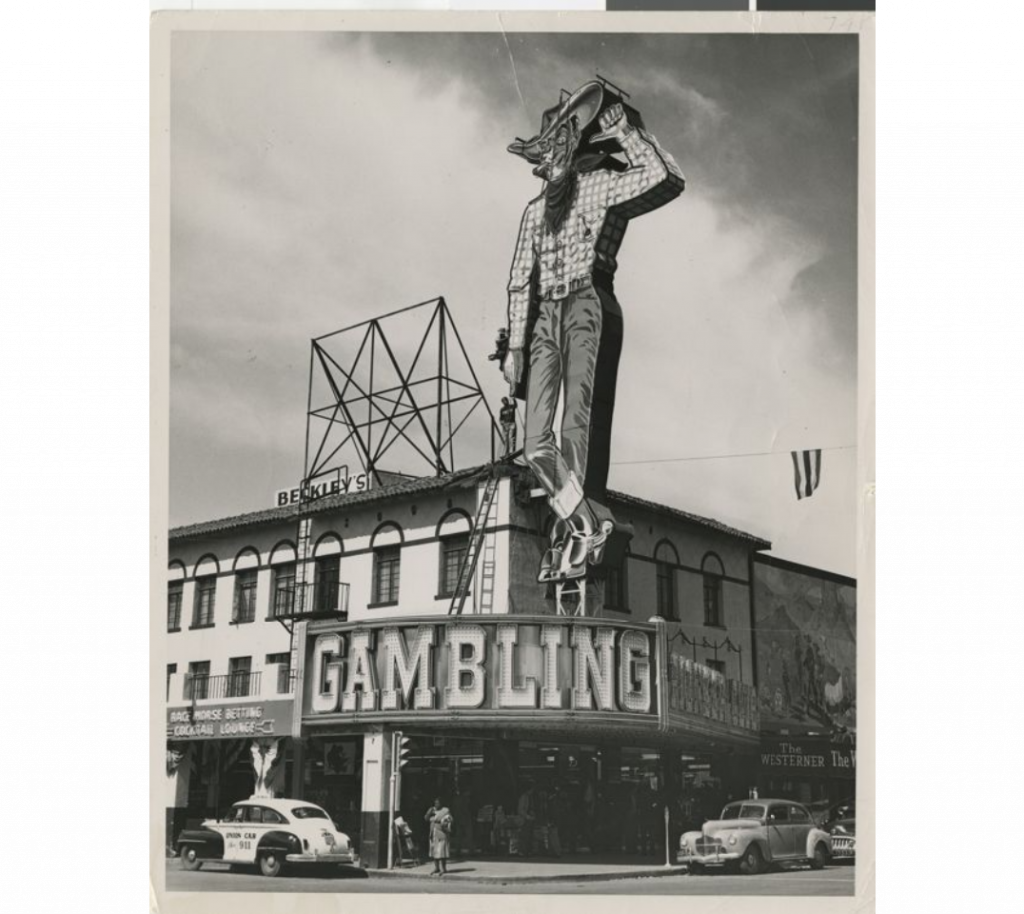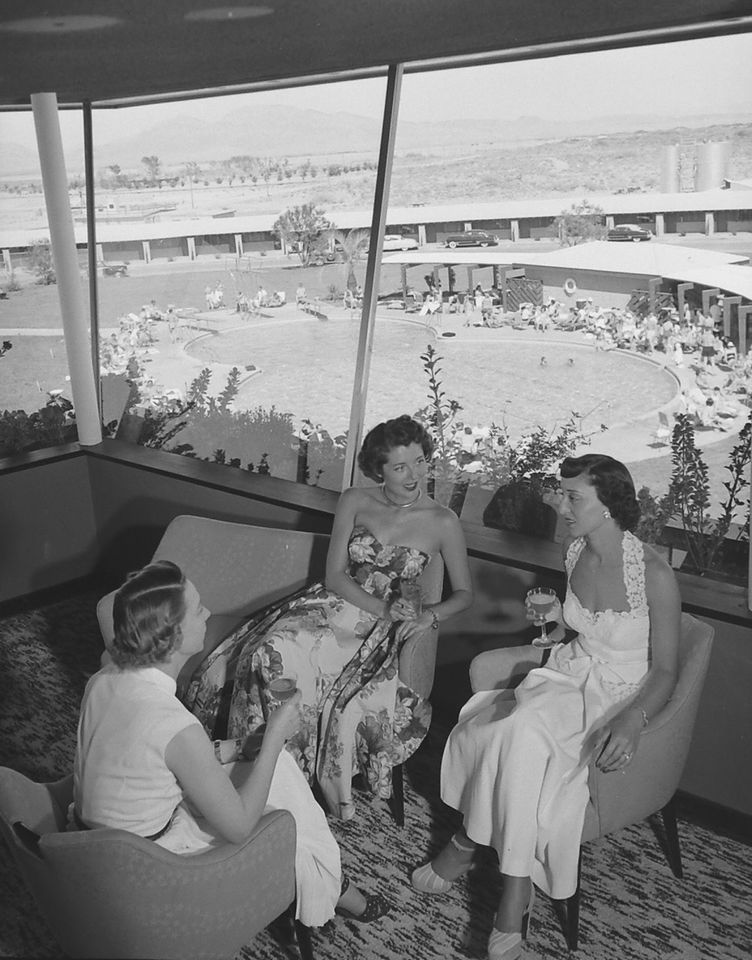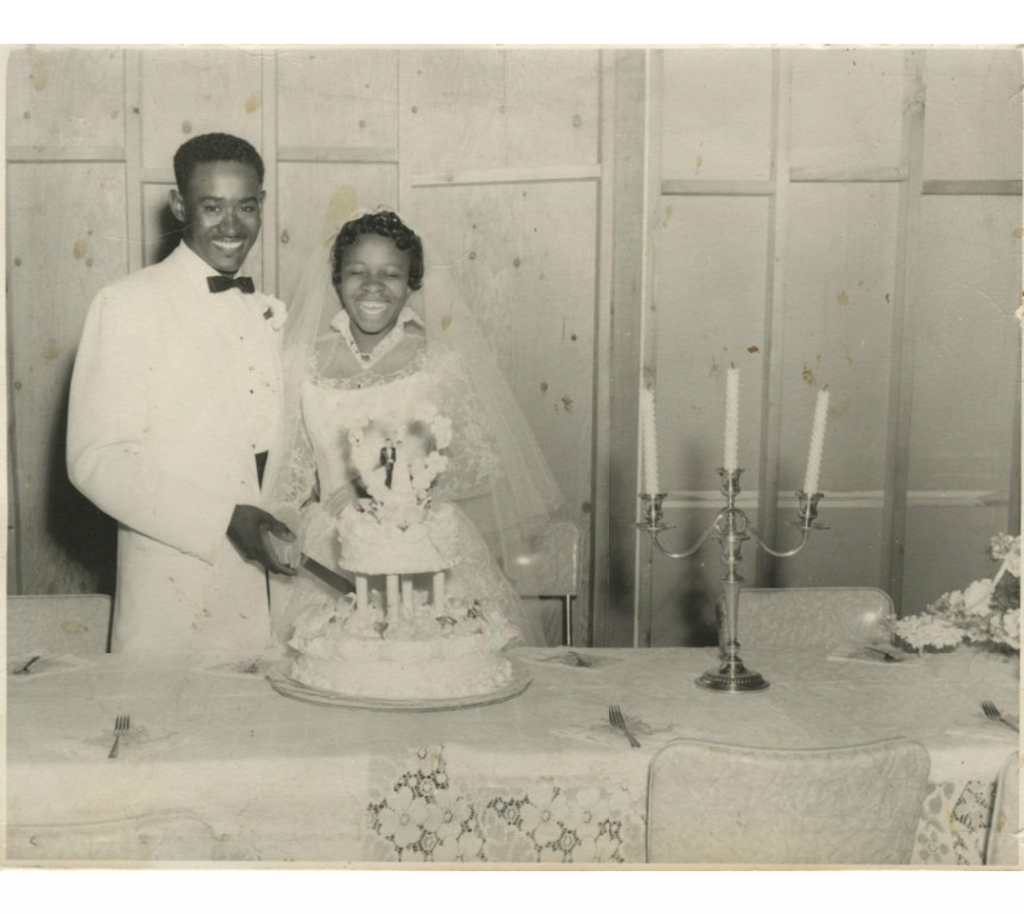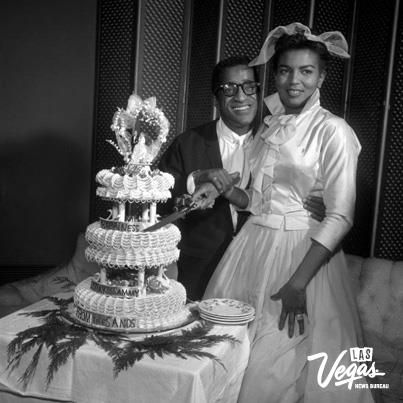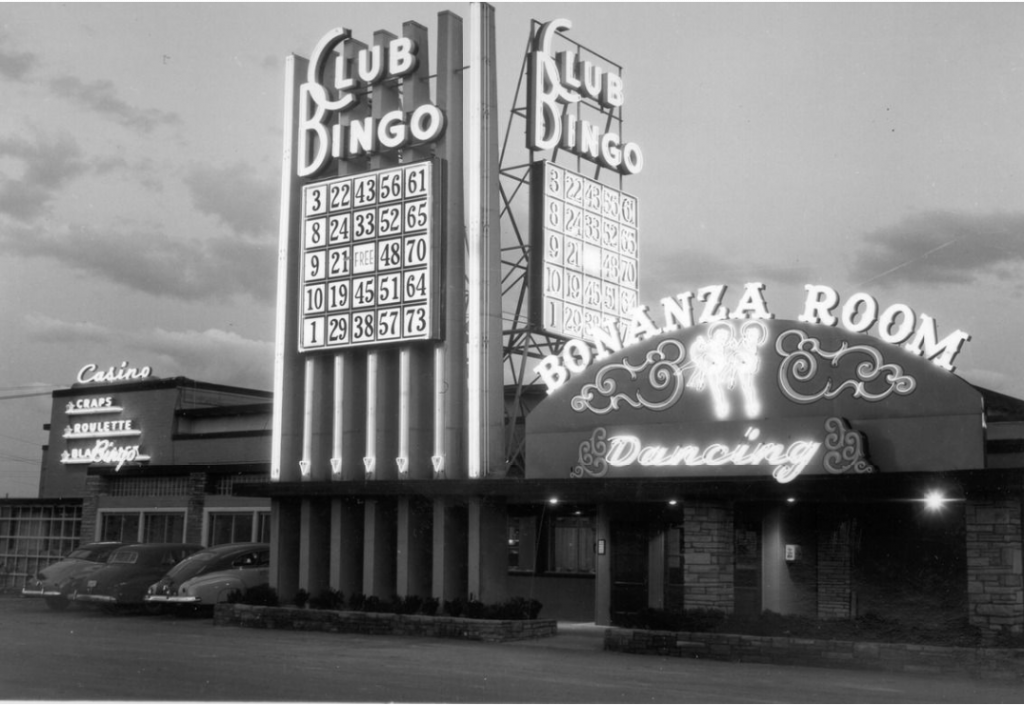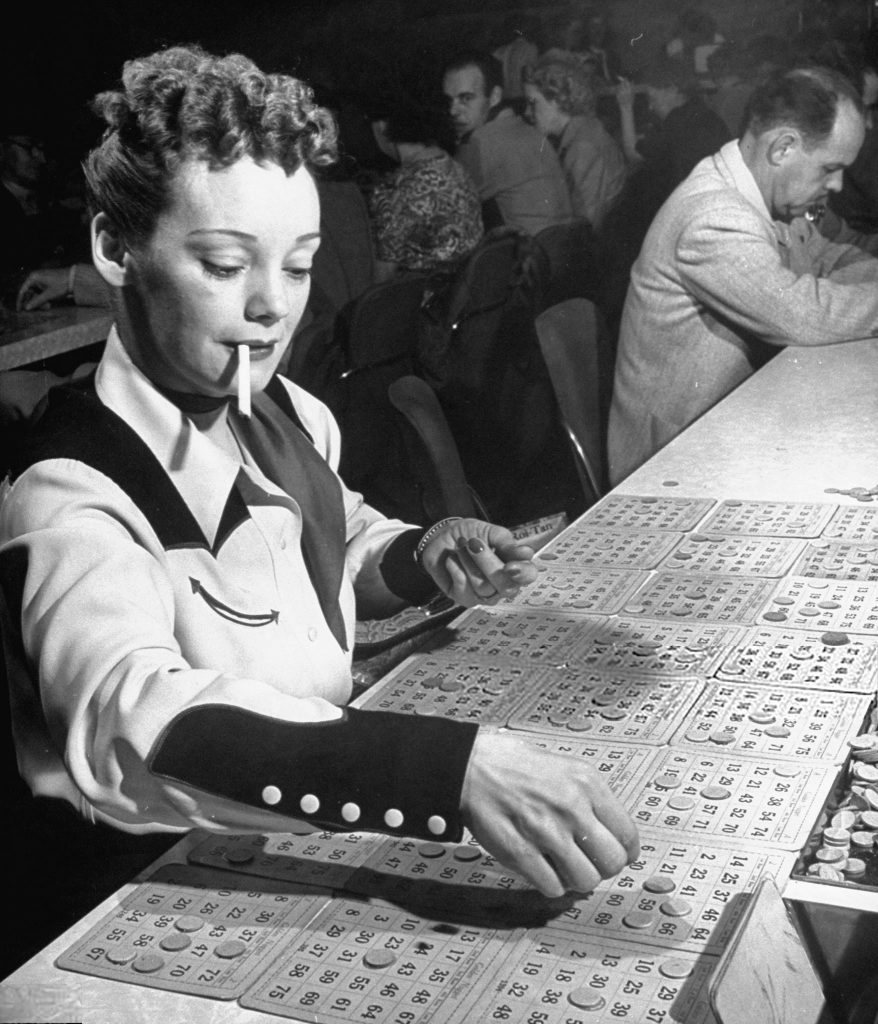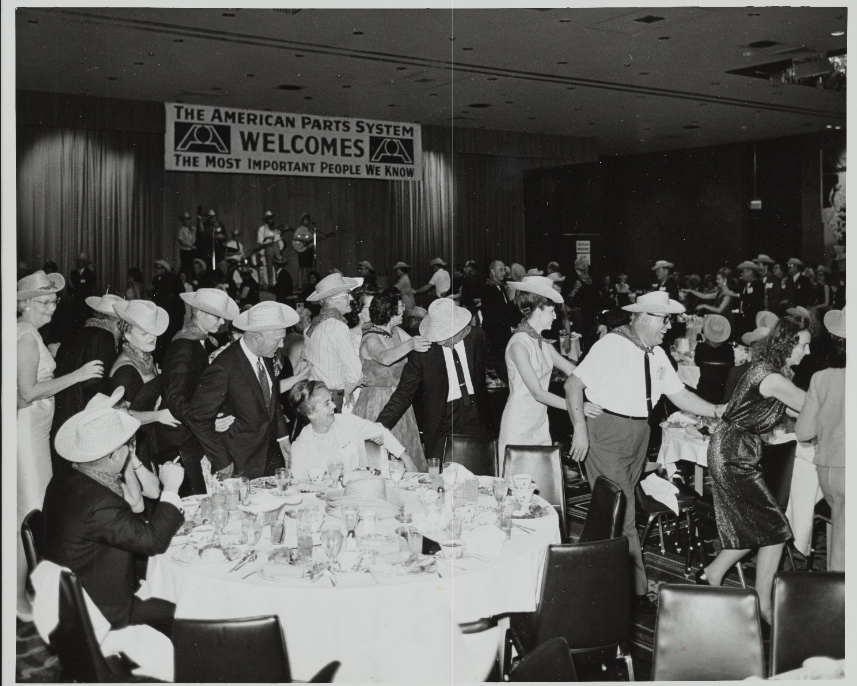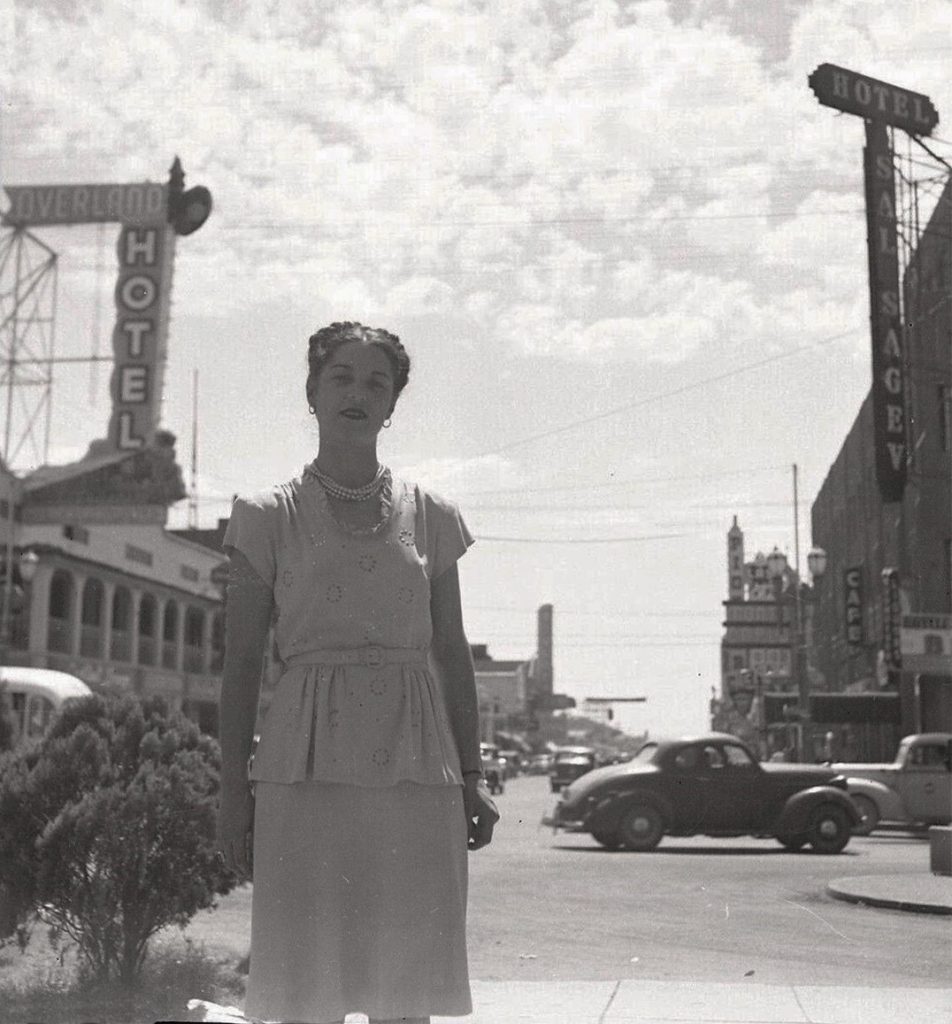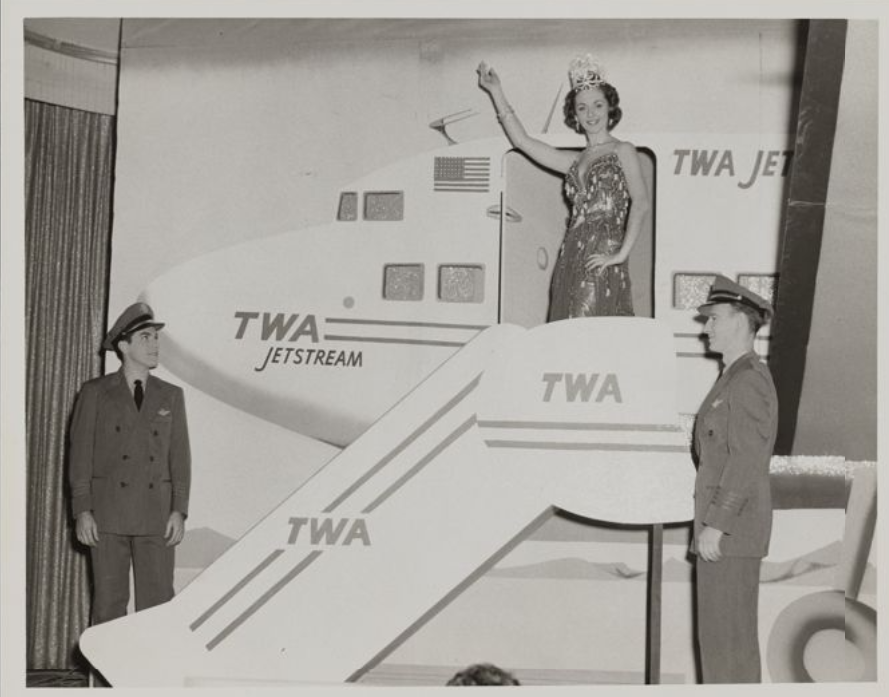In 2016 I did a ‘Vintage Photo Tuesday‘ post on ‘Images of people in front of their houses‘ (1920’s-1960’s). I created it because I had started to notice so many photos of people posing in front of their homes, that I felt it just had to be a post. Well several years later, I have “saved” a bunch more that I would like to create a part 2 for you all to enjoy.
Let the fun begin!
Source: Etsy-AlaskaVintage
Disclosure: Some of the links on my blog from Etsy , eBay, are Affiliate Links, meaning, at no additional cost to you, I will earn a commission if you click through and make a purchase.
Note: If the item you clicked on is no longer available, just do a search for like items. There are loads of vintage items being added to Etsy and eBay daily!
Vintage Photos 1920’s-1960’s
The Front of House Edition – Part 2
What fantastic 1920’s style on our lovely lady heading out for the day. Everything she is wearing, from her cloche hat to her fur lined coat and purse is a stunning example of 1920’s fashions. Love it!
Source: Etsy – RenascenceVintage
1920’s Photo – Young woman and her dog spending time together.
FURTHER READING: Vintage Photo Tuesday: Pets & Their Owners
Source: Etsy – wakemeup57
I love my plants and the moment I saw this 1930’s photo of a young woman sitting on the front porch of her house (technically the front!) surrounded by all these beautiful plants I just had to share!
Source: Etsy – JakeRoebucks
I think this photo is late 1930’s but it also could be early 1940’s (I’m really thinking 1930’s). ANYWAYS it’s a vintage image of an older couple posing with a young woman holding a dog. They are all dressed up in hats and lovely dresses (and one suit). I especially love our young woman’s dress & that awesome circle rattan purse. Super cool! I wonder where they are going?
Source: Etsy – RenascenceVintage
Don’t fall! 1930’s image of a young woman on the step ledge posing for her photo. I love her dress.
Source: Etsy – JakeRoebucks
OH MY! Our young woman in this photo has some fantastic 1940’s style! I just ADORE her two piece plaid suit and platter hat. I think she knows she looks super cute too because look at that smile?!
FURTHER READING: The Skirt Suit: A Fashion Trend & Plaid: A Fall Vintage Fashion Trend
Source: Etsy – RenascenceVintage
Sunday best or ladies who lunch. Late 1940’s photo of three stylish older ladies. Super hats!
Source: Etsy – JakeRoebucks
Peep-toe shoes, bow in her hair and a summer dress, are what our adorable woman is sporting for her photo on the front steps of her house. -1940’s photo.
Source: Etsy – RenascenceVintage
Everyone loves their pets. 1940’s photo of a young woman and her dog (nice vintage hairstyle inspiration).
Source: Etsy – RenascenceVintage
February 1955. 1950’s photo of a stylish couple posing in their front lawn with other people’s front of houses in the background. I have wanted a knitted skirt & matching cardigan for years. Our lady looks fantastic and our young man’s suit is so 1950’s.
Source: Etsy – therescuedphoto
April 1957 – A toddler flexing his muscles (so cute!) posing for a photo with his dad and the family dog.
Source: Etsy – therescuedphoto
1950’s photo of a young man posing with his baseball bat, showing off his big swing.
Source: Etsy – therescuedphoto
April 13th, 1952. Easter Sunday! Cute little girl with a big smile ready to egg hunt in her Easter Sunday best (adorable dress & hat!)
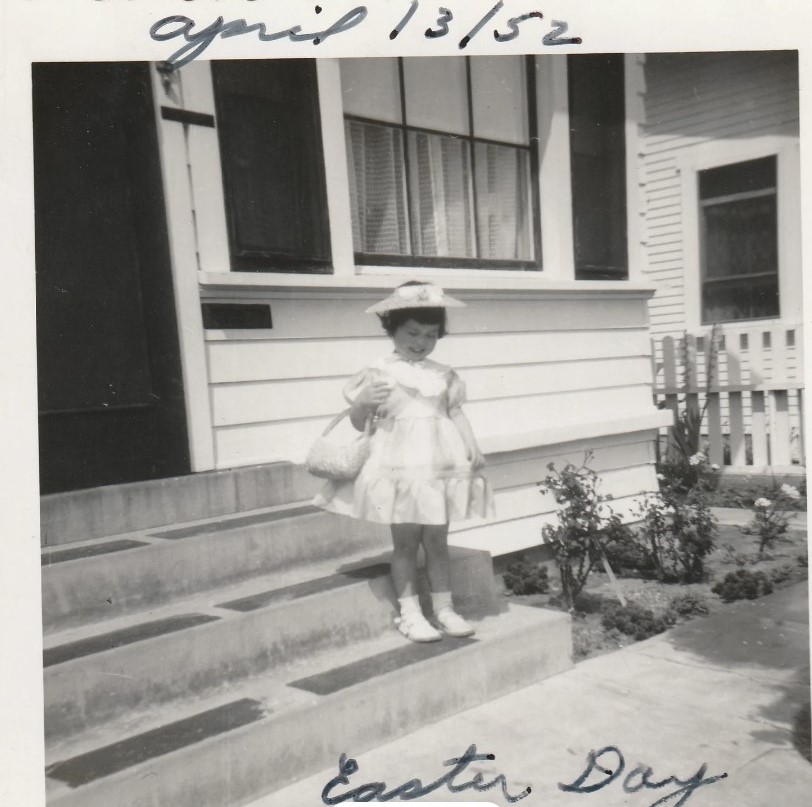
Source: Etsy- TimeGotAwayFromUs
October 1965-A stylish young woman poses in front of 9707 for a photo with a big smile on her face. Did she see someone she knows? Super cute dress!
Source: Etsy – therescuedphoto
I hope you enjoyed these fun snapshots. Share in the comments section below what your favourite was (or anything else you want to chat about).
Thanks for dropping by!
Further Reading: Make sure you visit my Archive of Vintage Photo blog posts
Liz

